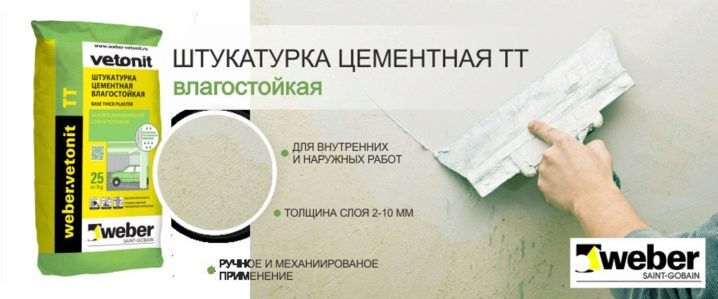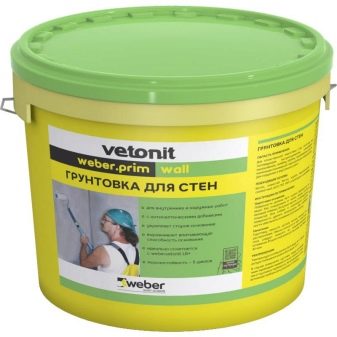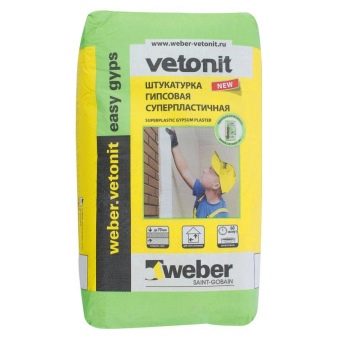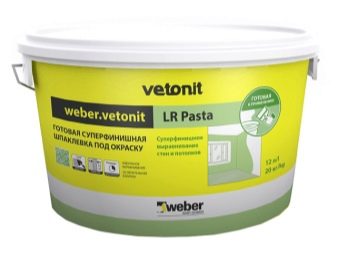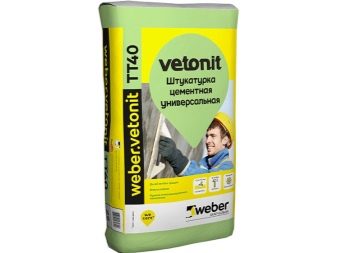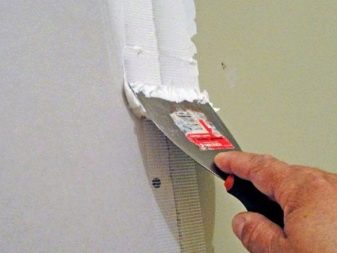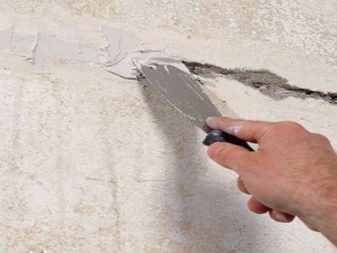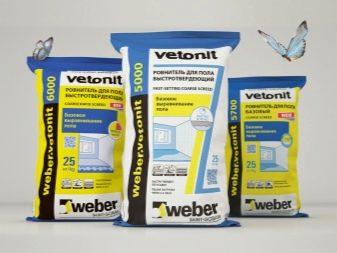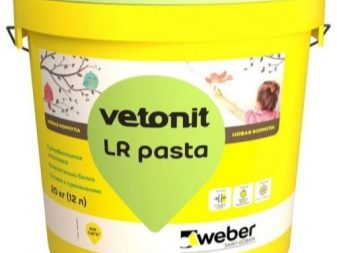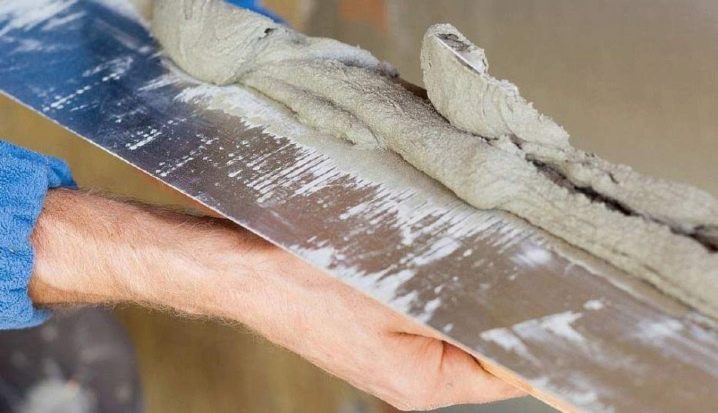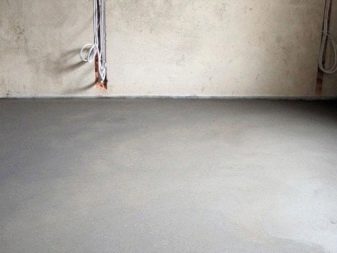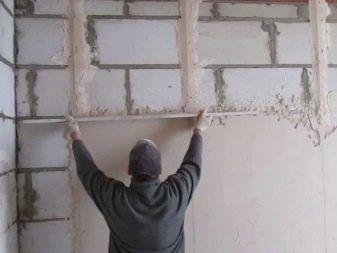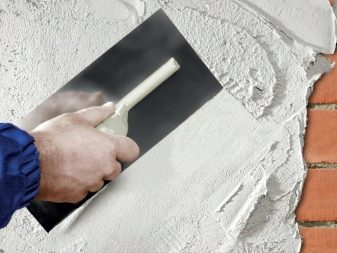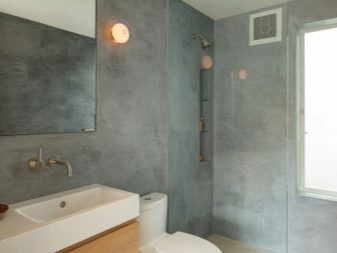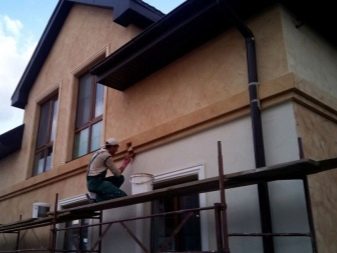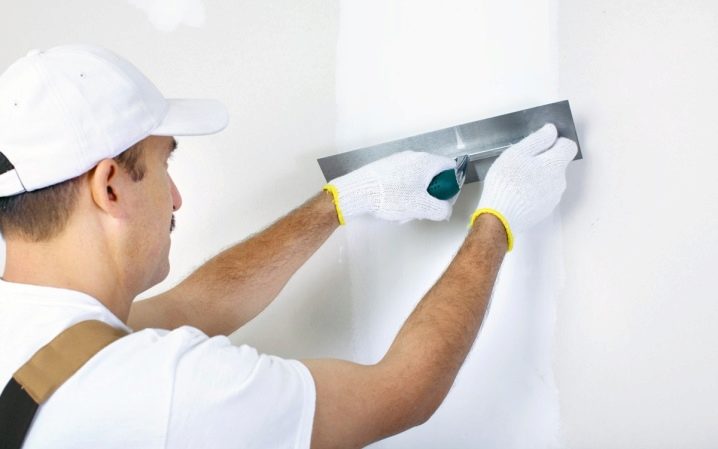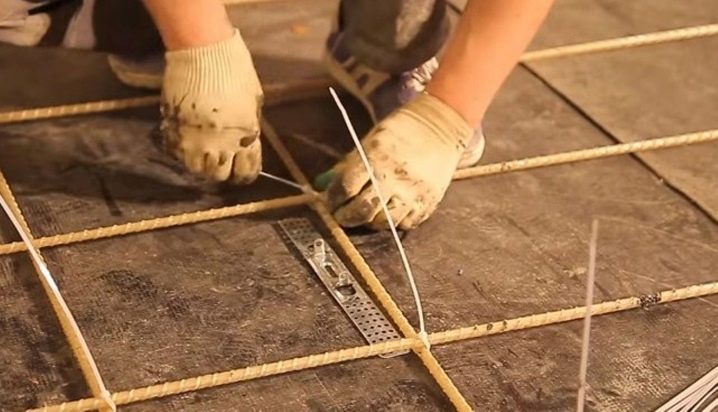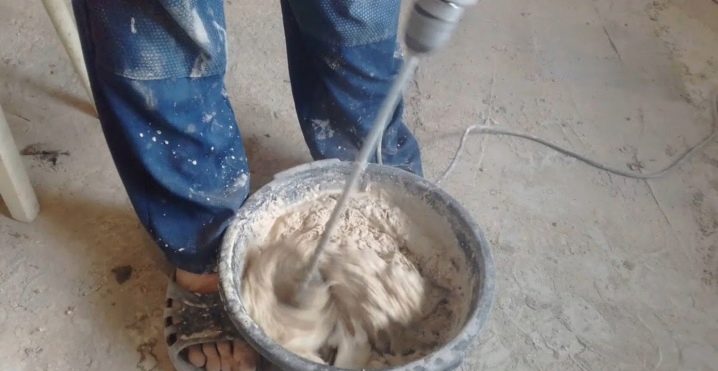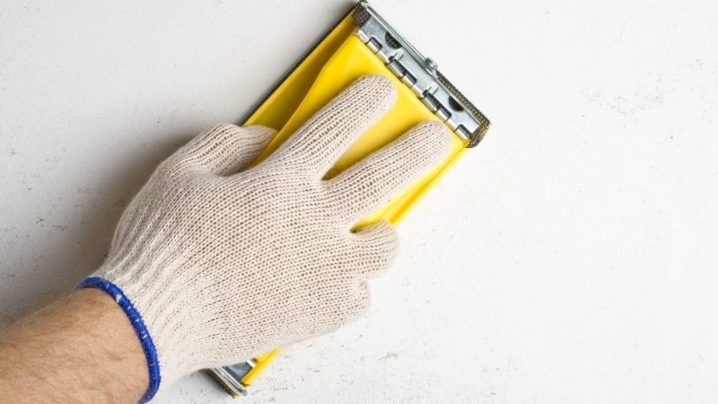Vetonit TT: types and properties of materials, application
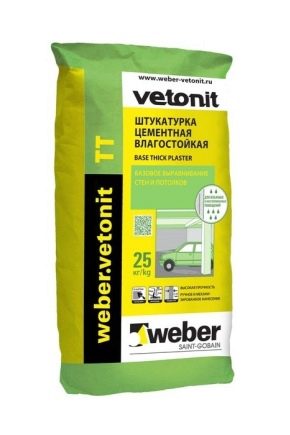
On the modern market presents a huge selection of plaster. But the most popular among these products is a mixture of the brand Vetonit. This brand has earned the trust of customers due to the optimal ratio of price and quality, availability, as well as multi-functionality. After all, various types of plaster can be used to finish the walls outside and inside the premises, as well as to level the ceiling.
If you find that Weber-Vetonit (“Weber Vetonit”) or Saint-Gobain (“Saint-Gobain”) sells the mix, then you should not doubt the quality of the products, since these companies are the official suppliers of the Vetonit mix.
Varieties of plaster
Types of materials differ depending on the purpose for which they are intended: to level the surface or to create a decorative finish outside or inside the room. On sale you can find several types of such mixtures.
- Primer Vetonit. This solution is used for the treatment of brick or concrete walls and ceilings.
- Gypsum plaster Vetonit. Designed exclusively for interior decoration, since the composition of gypsum plaster is unstable to moisture. At the same time, after treatment with such a composition, the surface is already fully prepared for further painting. The mixture can be applied both manually and automatically.
- Vetonit EP. This type of solution also does not differ in moisture resistance. It contains cement and lime. Best of all, this mixture is suitable for one-time leveling of the surface of a large size. Vetonit EP can only be used on robust and reliable structures.
- Vetonit TT40. Such plaster is already able to resist moisture, since the main component of its composition is cement. The mixture has been successfully used to treat various surfaces of any material, so it can surely be called durable and versatile.
Specifications
- Purpose Products Vetonit, depending on the type, is used to level the surface before painting, sticking wallpaper, mounting any other decorative finish. In addition, the mixture is perfect for eliminating gaps and seams between sheets of drywall, as well as for filling painted surface.
- Form release. Mix is on sale in the form of loose dry structure or ready solution. Dry mix is in packs of thick paper, the mass of the package can be 5, 20 and 25 kg. The composition diluted and prepared for use is packaged in a plastic container weighing 15 kilograms.
- The size of the granules. Vetonit plaster is a processed powder, the size of each granule is no more than 1 millimeter. However, some decorative finishes may contain granules up to 4 millimeters.
- Mix consumption. Consumption composition depends on the quality of the treated surface. If it has cracks and chips, you will need a thicker layer of the mixture to completely seal them. Moreover, the thicker the layer - the greater the expense. On average, the manufacturer recommends applying the composition in a layer of 1 millimeter.Then for 1 m2 you need about 1 kilogram of 20 grams of the finished solution.
- Temperature use. The optimum temperature for working with the composition is from 5 to 35 degrees Celsius. However, there are mixtures that can be used in cold weather - at temperatures up to -10 degrees. Information on this is easy to find on the packaging.
- Drying time In order for the fresh layer of the mortar to completely dry, it is necessary to wait at least one day, while the initial solidification of the plaster occurs within 3 hours after application. The hardening time of the composition is directly dependent on the layer thickness.
- Strength. A month after applying the composition, he will be able to transfer the mechanical load of not more than 10 MPa.
- Adhesion (adhesion, "stickiness"). The reliability of the compound composition with the surface is from about 0.9 to 1 MPa.
- Term and storage conditions. With proper storage, the composition will not lose its properties for 12-18 months. It is important that the storage room for the Vetonit mixture is dry and well ventilated, with a humidity level of no more than 60%. The product is able to transfer up to 100 freeze / thaw cycles. At the same time, the integrity of the packaging should not be compromised.
If the package is damaged, the mixture must be moved to another suitable bag. Already diluted and cooked mixture is suitable for use only for 2–3 hours.
Advantages and disadvantages
Plaster mix based on cement Vetonit TT has a whole range of positive qualities.
- Environmental friendliness. Vetonit products are completely safe for the environment and human health. To manufacture it does not use toxic and hazardous components.
- Moisture resistance. Vetonit TT is not deformed and does not lose its properties under the influence of water. So, this material can be used for decoration of rooms with high humidity, for example, bathrooms or rooms with a pool.
- Resistance to external influences. Coverage is not afraid of rain, snow, hail, heat, frost and temperature changes. It is safe to use the composition for both interior and exterior surface finishing. The material will last for many years.
- Functionality. The use of the mixture allows not only to completely level and prepare the surface for further finishing, but also to significantly improve the heat and sound insulation qualities of the ceiling and walls.Customer reviews confirm this.
- Aesthetics. The dry mixture has an extremely fine grinding, due to which it is possible to create a perfectly smooth surface.
Cons of the product are not so numerous. These include a long time for the final drying of the mixture on the surface, as well as the fact that Vetonit plaster can crumble in the process of working with it.
Recommendations for use
You can apply the mixture on a cement or any other surface with an average layer thickness of 5 mm (optimally according to the instructions - from 2 to 7 mm). Water consumption - 0.24 liters per 1 kg of dry mix, the recommended temperature for operation is +5 degrees. If the plaster is applied in several layers, then you should wait for the complete drying of one layer before moving on to applying the next one. So you will achieve maximum strength of the final coating.
Sequence of work
The rules for working with a mixture of Vetonit TT as a whole do not differ much from the characteristics of applying any other plaster mixture.
Training
First of all, it is necessary to carefully prepare the surface, because the final result depends on this stage.Completely clean the surface from debris, dust and any dirt. All protruding angles and irregularities should be cut and patched. For the best effect, it is recommended to additionally strengthen the base with a special reinforcing mesh.
If you need to cover with a solution the surface of concrete, you can pre-primed it. This is necessary in order to avoid moisture absorption from the plaster by concrete.
Preparation of the mixture
In the container prepared in advance, place the required amount of the dry composition and mix it thoroughly with room temperature water. Optimally apply for this drill. After that, leave the solution for about 10 minutes, and then mix everything thoroughly again. One package of dry mix (25 kg) will require about 5–6 liters of water. The finished composition is enough to cover approximately 20 square meters of surface.
Drawing
Apply the solution to the prepared surface in any way convenient for you.
Remember that the prepared mixture should be used within 3 hours: after this period it will deteriorate.
Grinding
For perfect leveling of the surface and completion of the work will need to be polished appliedmortar with a special sponge or sandpaper. Be sure to check that there are no unnecessary grooves and cracks.
Follow the rules of storage, preparation and application of a mixture of the brand Vetonit TT, and the result will delight you for many years!
You will learn more about the rules for applying Vetonit blend by watching the following video.
